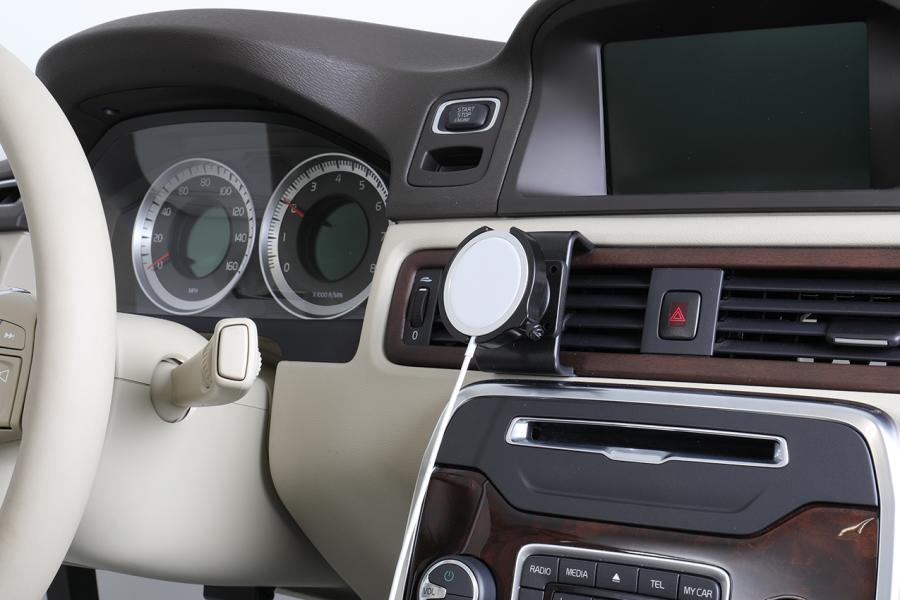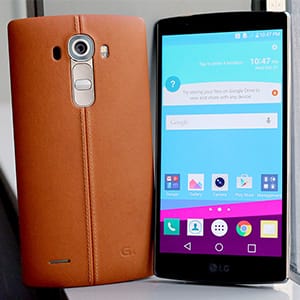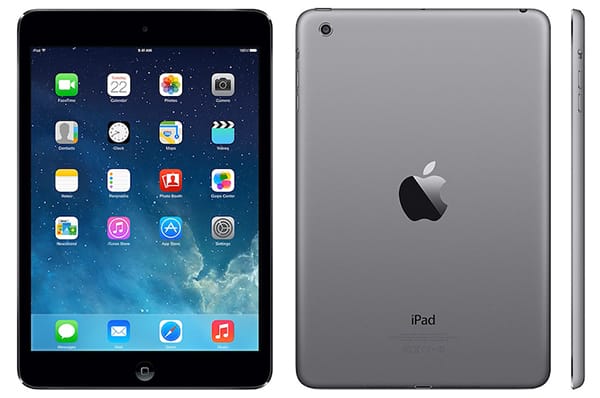
Forbes released an article in 2018 on which smartphones emit the most radiation – a topic that pops up every few years and usually gets forgotten again quickly. So where do heavy-hitters like Samsung and Apple rank? According to the Forbes list, three Apple flagship phones emit small doses of radiation including the iPhone 7, iPhone 7 Plus and iPhone 8. No Samsung phones are on the list of sixteen dominated by Android smartphones. But how valid are the statistics?

Types of Radiation
First, it’s important to distinguish the two types of radiation; ionizing radiation and non-ionizing radiation. Ionizing radiation is the bad stuff, x-rays and high-energy particles (from radioactivity), that cause cancer. Ionizing radiation easily penetrates your skin and damages your DNA. The DNA damage can cause cells to mutate into cancer cells or in large doses it can cause death. The second type, non-ionizing radiation, is lower energy and cannot damage DNA. Non-ionizing radiation is around us at all times. Your body even emits it; in the form of infrared light.
The National Cancer Institute and the American Cancer Society each have a page about how cell phones work and any risks you may face. In short, cell phones use the radio-frequency (or RF) part of the electromagnetic spectrum. This is at the low frequency, low energy, end of the spectrum. RF waves operate at frequencies between 30 Hz and 3 GHz (3 GHz is 9 billion Hz). The next steps up the EM ladder are microwaves and infrared. After that, visible light sits at 400 to 800 THz (that’s an 8 with 14 zeroes after it!). So your smartphone’s flash puts out much more energetic radiation than its antenna!
Low Smartphone Radiation Risk
So, does smartphone radiation cause cancer? All the current evidence would say probably not. But if it does, a lot of other things would as well, TV broadcasts, WiFi, even your Bluetooth headset all use the same type of transmission. If cell phones turn out to be a risk; they are a much smaller risk compared to other more common cancer-causing agents. One example being sunlight; unlike cell phone signals, sunlight actually does contain ionizing radiation (in the form of UV rays). Simply going out in the sun provides more likelihood of causing cancer and why smartphone radiation is low risk in comparison.
Written by Greggory Pokey
ProClip USA Device Holder Product Specialist




